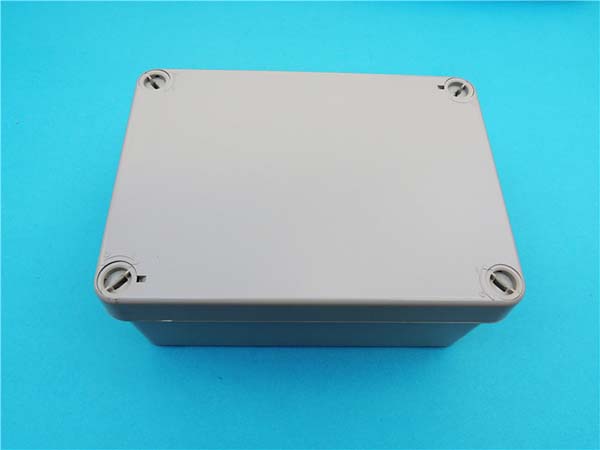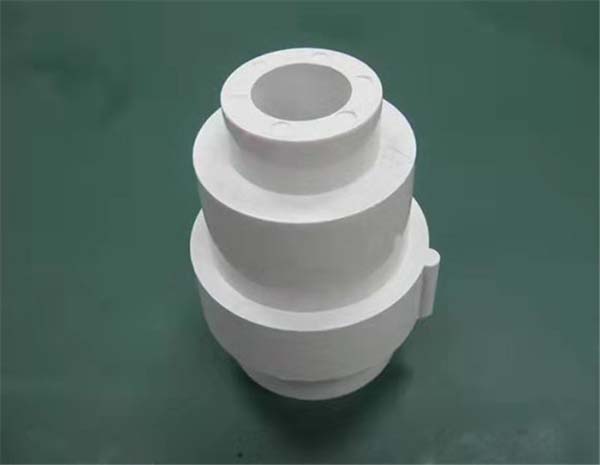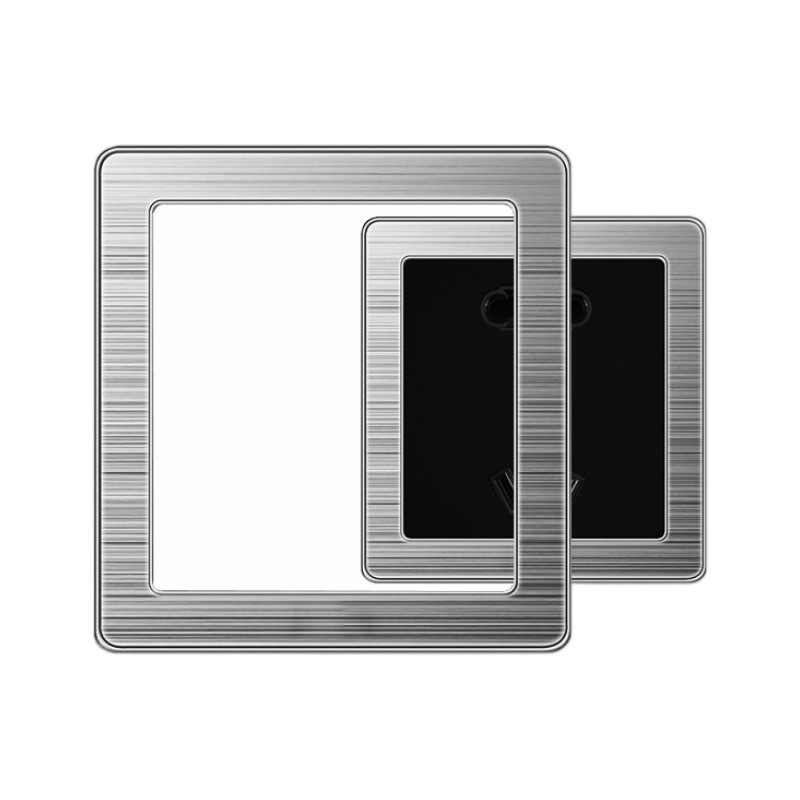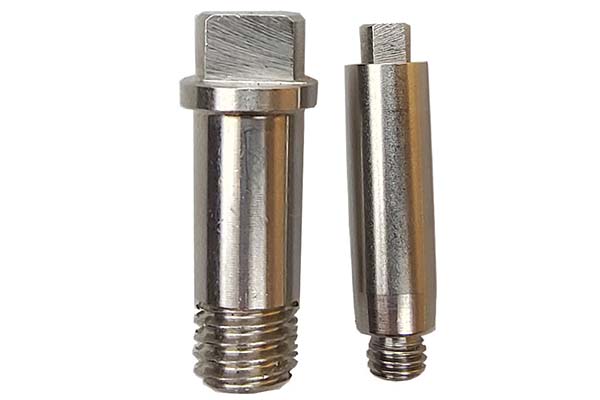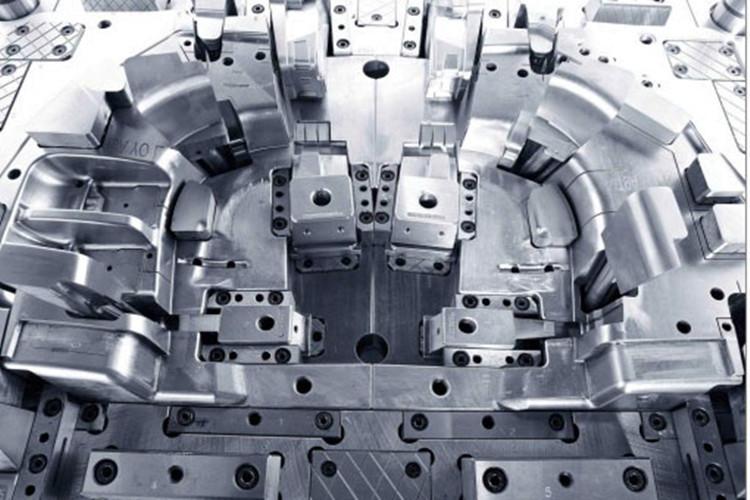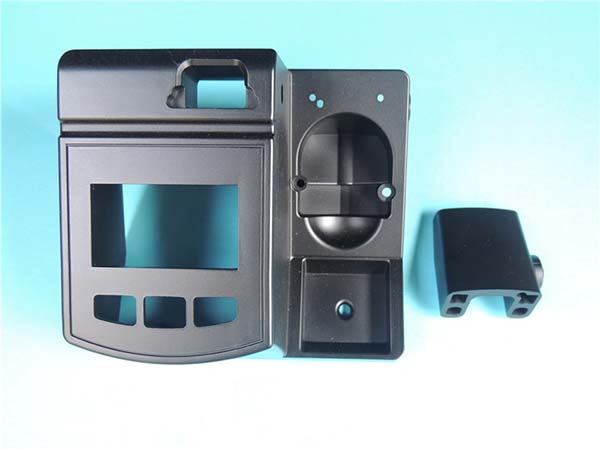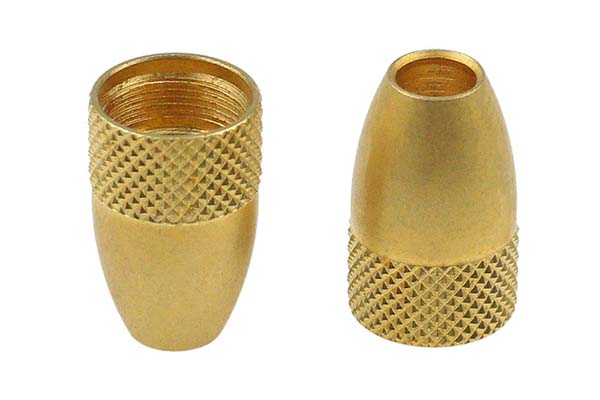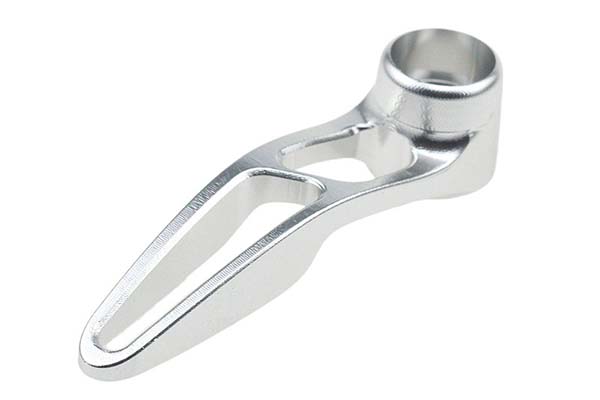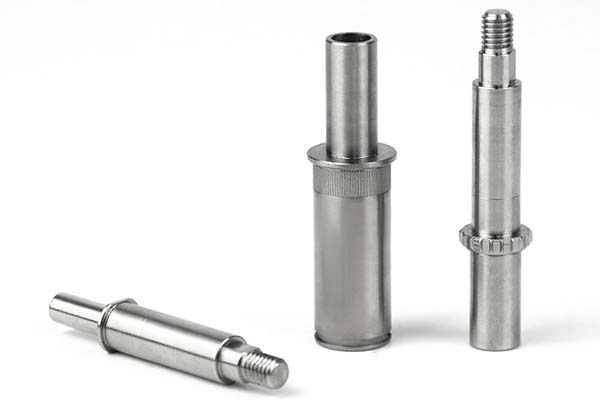CNC machining of Nylon MC901 comes with distinct challenges that manufacturers often struggle with. Its higher moisture absorption compared to some other nylons can lead to unexpected dimensional changes during machining, while its excellent wear resistance accelerates tool wear if not addressed properly. Additionally, its unique blue color requires careful handling to avoid surface discoloration from excessive heat. This guide addresses these pain points, providing expert strategies to master Nylon MC901 machining.
Material Characteristics of Nylon MC901
Nylon MC901 is a high-performance grade of Polyamide 6 known for its exceptional balance of properties, easily recognizable by its distinct blue color. Its mechanical properties are impressive, with a tensile strength of 70-80 MPa and excellent impact resistance (50-60 kJ/m²), making it suitable for heavy-duty applications.
In terms of thermal properties, Nylon MC901 has a melting point of 215-220°C and can operate continuously at temperatures up to 100°C. Its chemical resistance is notable, withstanding oils, greases, and many solvents, though strong acids can cause degradation. One key characteristic is its moisture absorption of 2.5-3.5%, which is higher than some other nylons, so proper conditioning before machining is essential to maintain dimensional stability.
With a density of 1.14-1.16 g/cm³, it is slightly denser than standard PA6. Its wear resistance is outstanding, outperforming many nylons and even some metals in high-friction applications, making it ideal for parts like gears and bearings. Fatigue resistance is another strength, allowing it to withstand repeated loading without failure.
Electrical insulation properties are excellent, with a volume resistivity of 10¹⁴-10¹⁵ Ω·cm, suitable for electrical components. Dimensional stability is good when properly conditioned, with minimal post-machining warping compared to unmodified PA6.
| Property | Nylon MC901 | Standard PA6 | Nylon PA12 |
| Tensile Strength | 70-80 MPa | 45-60 MPa | 45-60 MPa |
| Impact Resistance | 50-60 kJ/m² | 30-40 kJ/m² | 40-60 kJ/m² |
| Moisture Absorption | 2.5-3.5% | 2-3% | 0.5-1.5% |
| Wear Resistance | Excellent | Good | Good |
CNC Machining Processes for Nylon MC901
CNC machining of Nylon MC901 requires processes tailored to its unique properties:
- Milling: Used for creating complex shapes and features, with CNC mill spindles operating at 15-20 kW to handle its higher strength compared to standard PA6. 3-axis mills suffice for most parts, while 5-axis mills are used for intricate geometries.
- Turning: Performed on a CNC lathe with a focus on controlling heat to prevent discoloration of its blue surface. Lower spindle speeds than standard PA6 help maintain color integrity.
- Drilling: Benefits from sharp, polished flutes to handle its tendency to produce stringy chips, which can cause clogging and heat buildup if not evacuated properly.
- Cutting: Shearing with CNC routers works well, though feed rates must be balanced to avoid melting, which can mar the blue color.
Machining centers with high-torque spindles are ideal for Nylon MC901, as its higher strength requires more cutting force. CNC programming with CAM software (such as Mastercam or Fusion 360) should prioritize toolpaths that minimize dwell time to reduce heat exposure. Proper part setup with fixtures that distribute clamping pressure evenly is crucial, as MC901 can deform under uneven pressure. Workholding solutions like vacuum chucks are effective for thin sheets, preventing surface marring.
Tool Selection and Optimization
Choosing the right tools is critical for efficient Nylon MC901 machining, especially considering its high wear resistance:
- Carbide tools are essential for high-volume production, with grade K20 carbide offering the best wear resistance. Tool life is typically 20-30% shorter than with standard PA6 due to MC901’s abrasiveness, so regular tool inspection is important.
- High-speed steel (HSS) tools can be used for low-volume jobs but require frequent sharpening—every 50-80 parts compared to 100-120 for standard PA6.
- End mills with 2-4 flutes: 2-flute designs for better chip evacuation (critical for MC901’s stringy chips), 4-flute for smoother surface finishes. A helix angle of 35-40° balances cutting efficiency and chip flow.
- Drills with a 135° split point angle reduce thrust force, minimizing workpiece deflection and heat generation.
- Reamers with carbide tips ensure tight tolerances (±0.005 mm), essential for precision fits in mechanical components.
Tool geometry with a sharp cutting edge (radius <0.02 mm) minimizes surface damage and helps maintain the blue color. Tool coatings like TiAlN (titanium aluminum nitride) reduce friction and heat, extending tool life by 25-30% compared to uncoated tools. Tool deflection is less common than with softer nylons due to MC901’s higher rigidity, but using short, rigid tools (length-to-diameter ratio <4:1) further reduces this risk.
Machining Parameters and Techniques
Optimizing machining parameters is key to achieving quality results with Nylon MC901 while preserving its blue color:
- Cutting speed: 100-150 m/min for milling, 80-120 m/min for turning—lower than standard PA6 to reduce heat and prevent color fading.
- Feed rate: 0.1-0.15 mm/tooth for milling, 0.08-0.12 mm/rev for turning. Higher feeds can cause surface fuzzing, while lower feeds increase heat exposure.
- Depth of cut: 1-3 mm for roughing, 0.1-0.3 mm for finishing—deeper roughing than some nylons due to MC901’s higher strength.
- Spindle speed: 2000-4000 RPM for milling, 1500-3000 RPM for turning, adjusted based on tool diameter to balance material removal and heat generation.
Toolpath strategies like climb milling reduce tool wear by 20% compared to conventional milling, as it minimizes rubbing against MC901’s abrasive surface. Maintaining a chip load of 0.015-0.025 mm/tooth ensures efficient chip evacuation, preventing heat buildup. Coolant use with a light mineral oil coolant helps dissipate heat and preserve the blue color, though air cooling is a viable alternative for small parts. Lubrication during turning operations improves surface finish and reduces color distortion.
Surface Finish and Post-Machining Treatments
Nylon MC901’s surface finish typically ranges from Ra 0.8-1.2 μm with standard parameters, which is excellent for most applications. Achieving a smoother finish (Ra 0.4-0.6 μm) requires:
- Sharp carbide tools with polished flutes to reduce friction-induced surface defects.
- Reduced feed rates (0.08-0.1 mm/tooth) during finishing passes to maintain surface integrity.
- Toolpath optimization with smooth transitions to avoid surface marks that would be noticeable on its blue surface.
Post-machining treatments for Nylon MC901 include:
- Deburring with abrasive brushes or tumbling to remove sharp edges, critical for safety in handling and assembly.
- Polishing with 800-1200 grit sandpaper enhances its blue surface, though care must be taken to avoid uneven coloration.
- Annealing at 80-100°C for 2-3 hours relieves internal stresses, reducing post-machining warping—especially important after machining large parts.
- Painting or coating is rarely needed due to its attractive blue color, but if required, light abrasion improves adhesion to its smooth surface.
Dimensional accuracy of ±0.008 mm is achievable with proper setup, though post-machining conditioning in a controlled humidity environment (50% relative humidity) stabilizes dimensions before final inspection with micrometers or CMMs.
Applications of CNC Machined Nylon MC901 Parts
CNC machined Nylon MC901 parts are widely used in applications requiring strength, wear resistance, and its distinctive blue color:
- Gears and racks: Its excellent wear resistance and fatigue resistance make it ideal for power transmission components in machinery.
- Bearings and bushings: Low friction and high load-bearing capacity reduce maintenance needs in industrial equipment.
- Automotive parts: Door lock components, window regulators, and transmission parts benefit from its strength and oil resistance.
- Industrial machinery: Guides, rollers, and wear pads withstand heavy use in manufacturing equipment.
- Robotics: Structural components and linkages leverage its combination of strength and impact resistance.
- Custom parts: Its blue color makes it easily identifiable in assemblies, useful for maintenance and replacement purposes.
Yigu Technology's Perspective
Yigu Technology specializes in CNC machining Nylon MC901, with expertise in managing its unique properties like high wear resistance and moisture absorption. We condition MC901 in controlled humidity environments before machining to ensure dimensional stability and use carbide tools with TiAlN coatings to extend tool life. Our CAM-optimized toolpaths minimize heat generation, preserving its distinctive blue color while achieving precise dimensions. Whether producing gears, bearings, or custom components, we tailor our approach to maximize MC901’s strengths, delivering high-quality blue polyamide parts that meet the most demanding specifications.
FAQ
- How does Nylon MC901 compare to standard PA6 in machining?
Nylon MC901 is more challenging to machine due to its higher wear resistance, requiring carbide tools for extended tool life. It has higher moisture absorption, needing proper conditioning, but offers better strength and wear resistance, justifying the extra care.
- Why is Nylon MC901 blue, and does the color affect its properties?
The blue color is a result of additives that do not compromise its mechanical properties. Instead, it serves as a visual identifier for this high-performance grade, making it easy to distinguish from standard PA6 in assemblies.
- How to prevent color fading in Nylon MC901 during machining?
Color fading is caused by excessive heat. Using sharp carbide tools, optimizing cutting speeds and feeds to reduce heat generation, and applying coolants (air or light oil) prevents discoloration, preserving its distinctive blue color.
